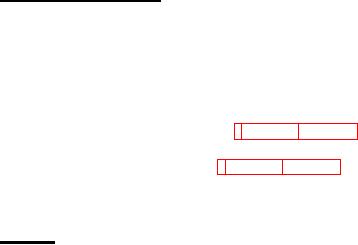
TM 5-4210-233-14&P-2
6-6. FIRE PUMP - Continued
I.
Follow-on Maintenance.
(1)
Connect batteries (see para 4-114).
(2)
Install curb side operators panel (see para 4-26).
(3)
install street side operators panel (see para 4-25).
(4)
(5)
(6)
Install drive shafts (see para 5-7).
m.
Testing.
(1)
Before a pump is returned to service, it is advisable to give it both hydrostatic and operational
tests to check it for leaks and to make sure the pump operates properly as follows:
Connect pump to hydrant or other pressurized water supply.
Close all drain lines, and open discharge and priming valve.
(2)
Open hydrant until water runs out through discharge valves and discharge pipe in priming pump.
Close all valves. BE SURE ALL AIR IS EVACUATED FROM PUMP.
(3)
Apply hydrant pressure to pump for 15 minutes. With a portable light, check pump for leaks. If
leaks are discovered, tighten connections or attaching parts as necessary. If necessary to tighten
packing, be sure to loosen and readjust packing.
(4)
After all leaks are eliminated, shut hydrant valve, drain pump completely, and disconnect suction
hose.
(5)
Operate pump at its maximum intended service pressure. Do not exceed 400 psi (2756 kPa).
(6)
With a portable light, check pump for water leaks. If leaks are discovered, stop pump and tighten
connections or attaching parts as necessary. Repeat until all leaks are eliminated.
(7)
While pump is running, check for unusual noises, oil leaks, overheated bearings, etc. If anything
unusual is discovered, stop pump immediately, and determine the cause.
6-40

